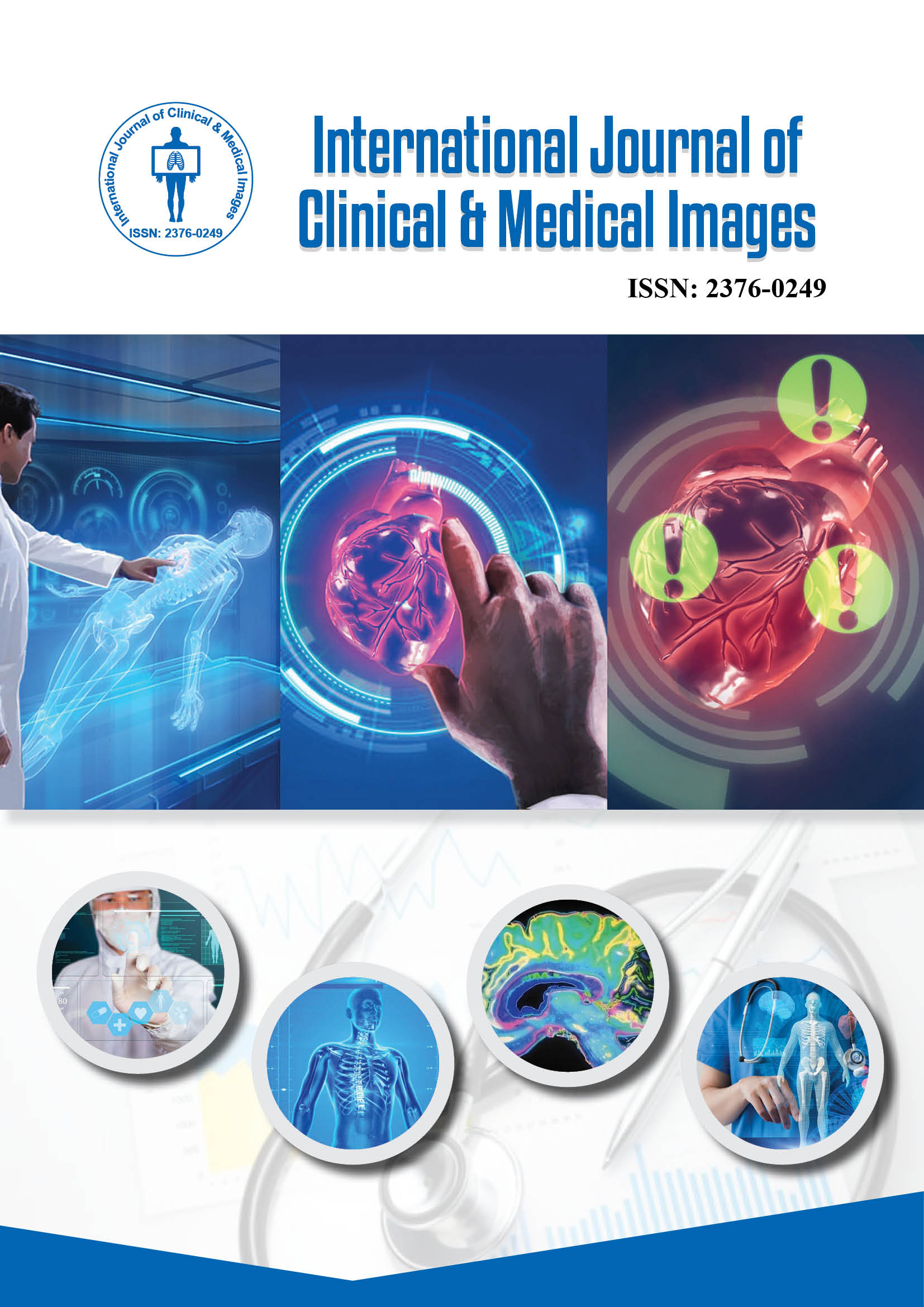2376-0249
Case Blog - International Journal of Clinical & Medical Images (2014) Volume 1, Issue 4

Author(s): Int J Clin Med Imaging 2014
Causing Medical Harm, Doing Medical Good Many times in life, we can do more harm than good. In the case of the Tuskegee Syphilis Study, professional medical professionals avoided the medical treatment of patients with syphilis throughout a forty-year period. Often times, we may hear about such mistreatments, but at times, we need to visually see stark examples of the effects of nonmedical treatment. In the art collage, I provided a pictorial representation of how syphilis physically affected the black male body. In the same collage, I also showed a picture of handicap crutches that shows how children were treated for polio in the Infantile Paralysis Unit of John A. Andrew Memorial Hospital. These two pictorial images represent the two forms of medical practice that occurred in the John A. Andrew Memorial Hospital: medical harm and medical good. Interestingly, during the same time of the syphilis study, the hospital treated children who had polio. Many medical facilities did not treat black children with polio because of segregation; therefore, the John A. Andrew Memorial Hospital became the main medical facility in the Southeast that treated these children. As I contend, the hospital staff conducted medical good, but there was a segment of the medical population who also participated in the non-treatment of black men who believed they were actually being treated for syphilis. Thus, the title of the art collage was entitled, Causing Medical Harm, Doing Medical Good. Obiora N. Anekwe February 28, 2013 Brooklyn, New York 16 by 20 inches Canvas paper, typing paper, acrylic paint, soft pastels, black/white charcoal pencils, and black pencil The pictures presented in the collage were photographed by the artist at the Legacy Museum’s exhibition about the Tuskegee Syphilis Study in 2012.
 Awards Nomination
Awards Nomination

